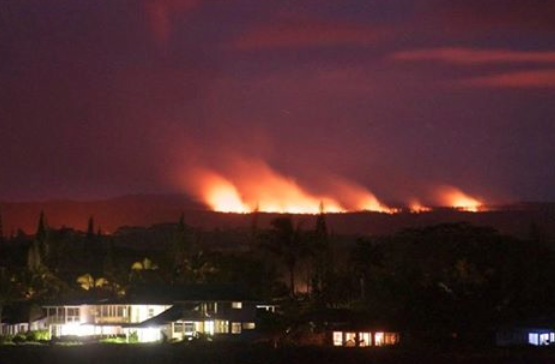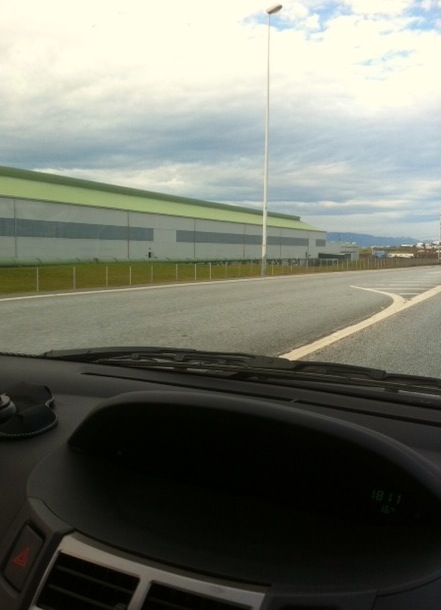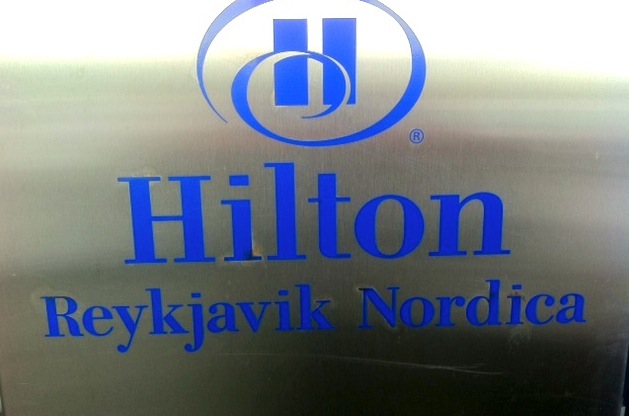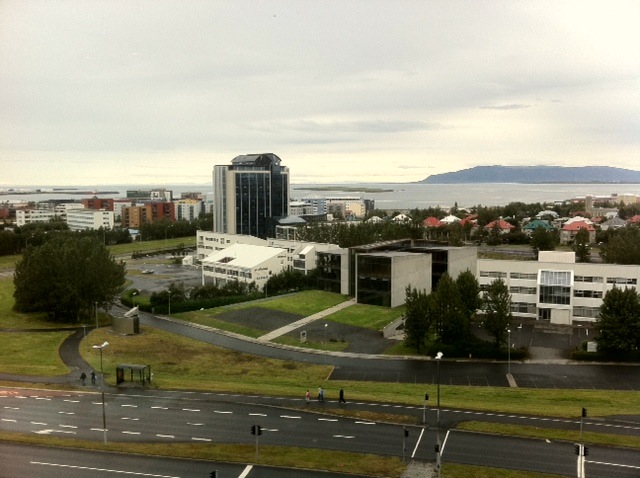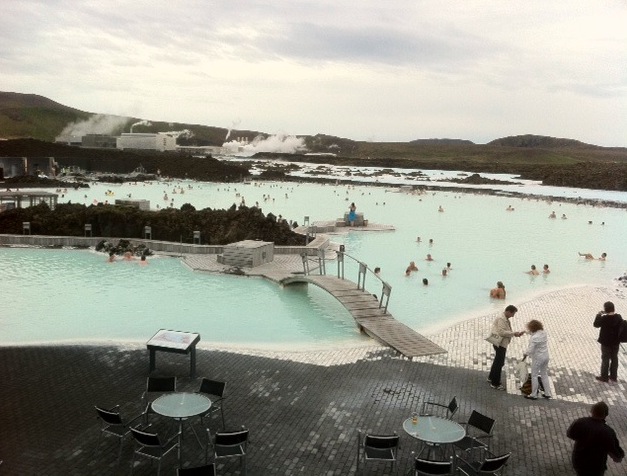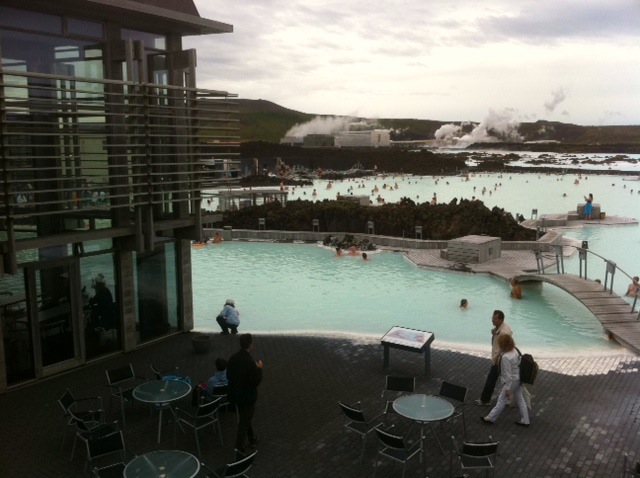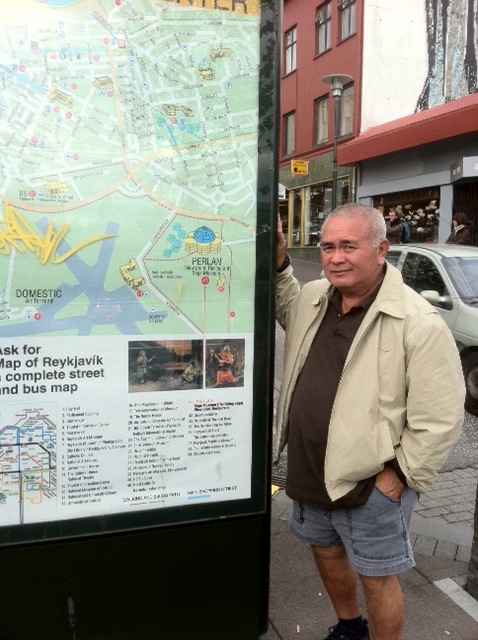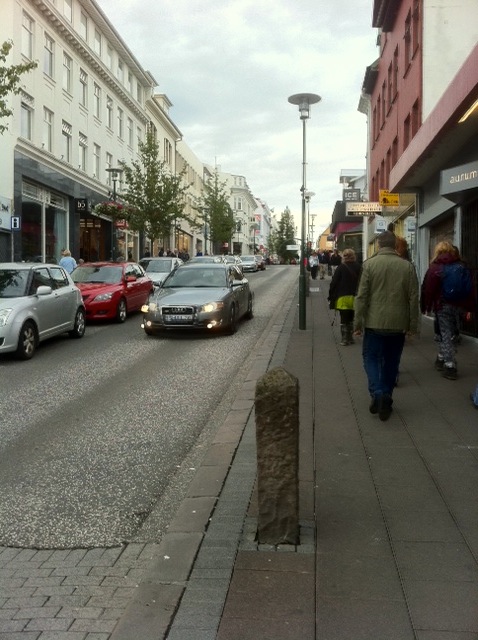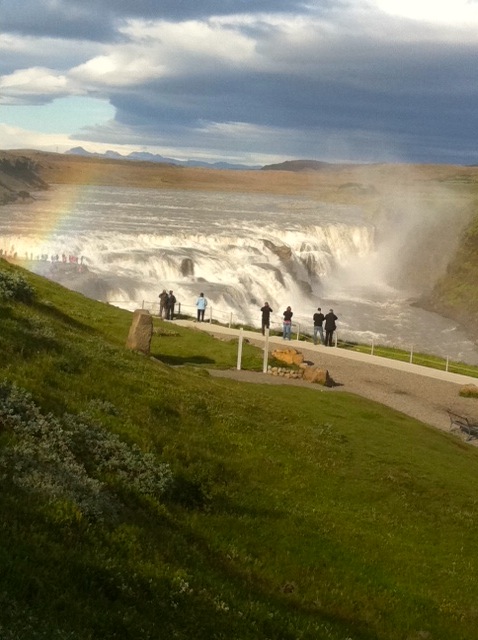Richard Ha writes:
As lava from Kilauea’s Pu‘u ‘O‘o vent approaches the town of Pahoa – right now authorities estimate lava will reach the town in 20 days – Mauna Loa has been in the news, too.
The Hawai‘i Tribune-Herald reported on Saturday that Mauna Loa “has been rumbling and showing signs of awakening for over a year.”
…An eruption isn’t imminent, and no warnings are being issued, but the towering 13,678-foot mountain is going through the same motions that it did before its 1984 and 1975 eruptions, said Wes Thelen, HVO seismologist.
The activity includes faint, shallow earthquakes to the west of the summit and “deep long period” temblors 45 to 50 kilometers below the surface, both of which point to the intrusion of magma.
“All the signs are there that tells us that magma is moving into the shallow system,” Thelen said.
He said monitoring equipment, much more sophisticated than what was in place in the 1980s, is continually detecting magnitude 0.5 quakes about 7 kilometers below the surface in the same areas where activity was detected in the years leading up to the last eruptions.
Thelen noted he is confident the small earthquakes are a recent development.
He said HVO is seeing the same type of activity “in the same place at the same depth, and that leads us to believe, even though those earthquakes are smaller, it’s probably the same process that’s going on as was occurring before the 1975 and 1984 eruptions.”
According to HVO’s website, the rate of shallow earthquakes at the summit has increased over the last few months. Earthquake activity remains elevated on the Upper Southwest Rift Zone and West Flank…. Read the rest
From Hawaii News Now: Video: What could happen when Mauna Loa erupts?
And from the Hawaii News Now accompanying article:
“When it will happen, no one knows. However, scientists say the chance of Mauna Loa erupting again is virtually 100% and the consequences could be disastrous.
In 1881, lava almost reached Hilo. Princess Ruth prayed to Madam Pele and it stopped. In 1926, a fast-moving flow 50-feet high wiped out the fishing village of Ho’opuloa. In 1950, lava covered homes in pahoehoe. Residents literally ran for their lives.
When Mauna Loa erupted in 1984, media crews and tourists came from around the world. The lava crept within a few miles of Kaumana, glowing at night.
“I stay awake all night tossing and turning… looks like it’s right out the window,” said a nearby resident….”
I can remember wondering, back then, what we would do if the lava reached the ocean. Our banana farm was at Kea‘au; would we have access to the docks?
Mauna Loa erupts on average every six years, according to volcanologist Frank Trusdell—but the last time it erupted was 1984. It came to within about four miles of Hilo.
Here’s a KITV video about Mauna Loa’s past eruptions, and preparing for future ones.

